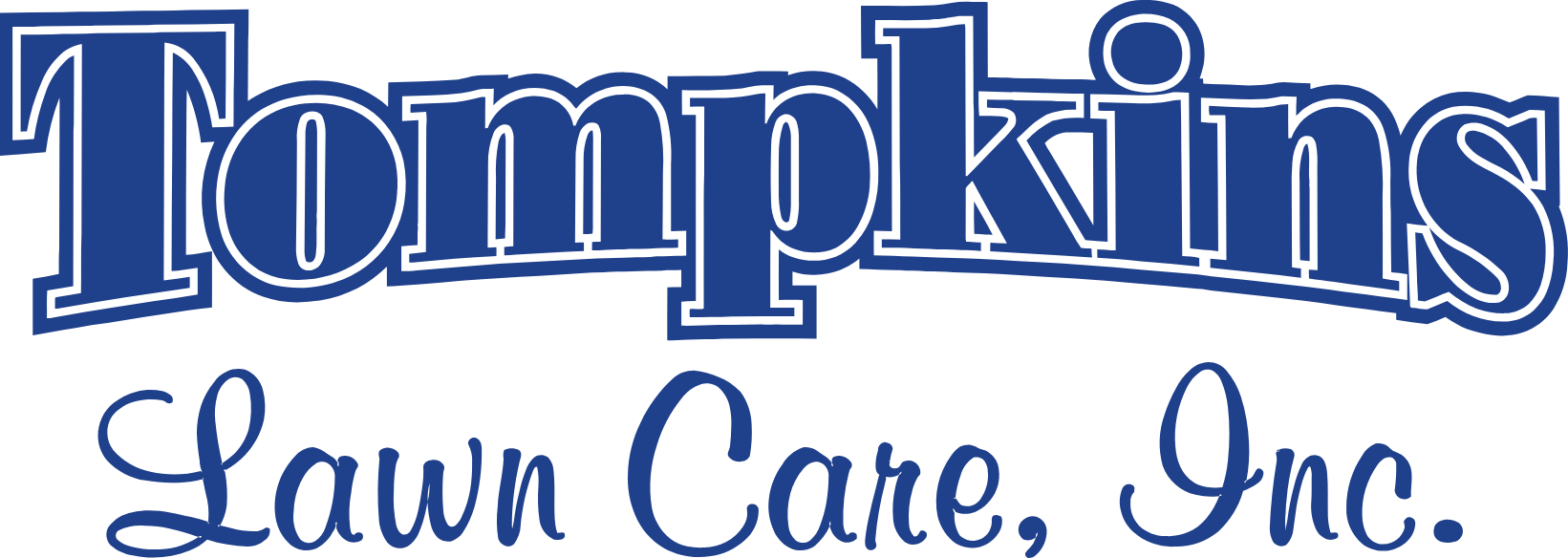1 minute read
Fungal Lawn Diseases
Understanding and Preventing Fungal Lawn Diseases
A lush, green lawn is a source of pride for homeowners. However, even with the best intentions and maintenance routines, fungal diseases can sometimes strike, causing unsightly and potentially damaging issues. At Tompkins Lawn Care, we’re committed to helping you understand, prevent, and address fungal diseases in your lawn.
Prevention through Best Practices
The most effective defense against fungal diseases is a proactive approach rooted in best management practices. By adhering to these key principles, you can significantly reduce the risk of fungal issues:
- Fertilization: Properly and consistently fertilizing your lawn ensures it remains healthy and less susceptible to diseases. Our team specializes in creating customized fertilization plans that promote the well-being of your turfgrass.
- Core Aeration: Annual core aeration is a vital cultural practice that helps prevent fungal diseases. By allowing air, water, and nutrients to penetrate the soil more effectively, we create an environment that discourages disease development.
- Watering: Correct watering is essential. Both overwatering and underwatering can create conditions conducive to fungal growth. Our experts can guide you on the right watering regimen for your lawn.
- Mowing: Avoid mowing your grass too short, as this can stress the lawn and make it more susceptible to diseases. Mow when temperatures are cool and never when the turfgrass shows stress.
Fungicide Applications
While proper lawn management is the primary defense, there may be instances where it’s not enough to thwart a fungal outbreak. In such cases, early intervention is key. We recommend early fungicide applications as a preventative measure in the early spring, before diseases flare up. This proactive approach is more cost-effective and offers higher efficacy compared to curative treatments.
Curative treatments become necessary when the disease is already visible in your lawn as spots, blotches, or rings of dead turfgrass. While curative treatments can help slow the spread, they are less likely to completely eliminate the disease and can be more expensive.
Core Aeration: Your First Line of Defense
Annual core aeration stands out as one of the most effective preventive measures against fungal diseases. It helps improve soil health, reduce thatch buildup, and allow better water and nutrient absorption by your grass. We strongly recommend making core aeration a regular part of your lawn care routine.
Remember that mowing too short and improper watering practices can also contribute to disease vulnerability. Additionally, weather fluctuations can impact disease occurrence, and these variables are sometimes beyond our control. Contact us if you require more information tailored to your specific location.
At Tompkins Lawn Care, we’re dedicated to maintaining the health and beauty of your lawn. Reach out to us for expert guidance and comprehensive solutions to keep fungal diseases at bay.

